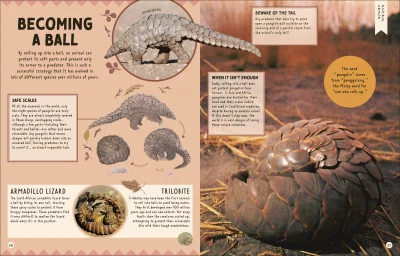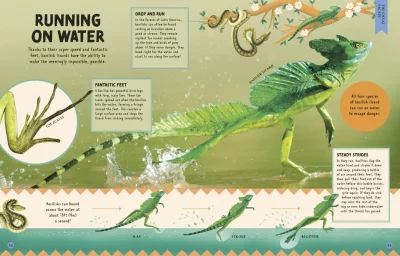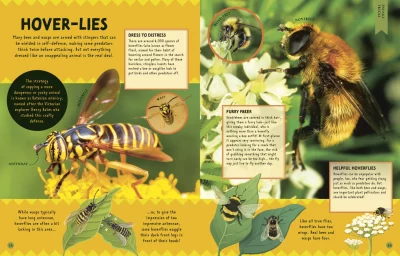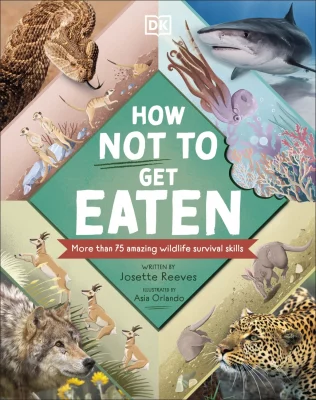WHY WE SHOULD FOSTER THE LOVE OF READING NON-FICTION BOOKS
All too often, our classroom libraries offer a wonderful selection of fiction but only a limited amount of non-fiction. Why should we ensure that children have access to a wonderful range of non-fiction books?
1. NON-FICTION BOOKS ARE FUN
 Firstly, because so many non-fiction books published today are an absolute joy to read. With amazing illustrations and photographs children can learn so much from these books. They are truly awesome!
Firstly, because so many non-fiction books published today are an absolute joy to read. With amazing illustrations and photographs children can learn so much from these books. They are truly awesome!
2. NON-FICTION BOOKS FOSTER CURIOSITY
 Secondly, non-fiction books foster curiosity. We live in a world with so much new and exciting information, whether this is about new images from space, deep secrets of the oceans or microscopic images of an insect. We want our students to have open, keen minds to learn more about our world.
Secondly, non-fiction books foster curiosity. We live in a world with so much new and exciting information, whether this is about new images from space, deep secrets of the oceans or microscopic images of an insect. We want our students to have open, keen minds to learn more about our world.
3. NON-FICTION BOOKS CAN BE MOTIVATING
 Thirdly, many children, especially boys, prefer reading non-fiction books. They love to learn new facts about their interests: cars, animals, sports, computers etc. They love to learn about new worlds: space, the oceans, and so much more. Or, they just love learning new facts. We should encourage this by providing them with easy access to wonderful and engaging non-fiction books.
Thirdly, many children, especially boys, prefer reading non-fiction books. They love to learn new facts about their interests: cars, animals, sports, computers etc. They love to learn about new worlds: space, the oceans, and so much more. Or, they just love learning new facts. We should encourage this by providing them with easy access to wonderful and engaging non-fiction books.
4. NON-FICTION BOOKS HELP WITH READING COMPREHENSION
 Finally, non-fiction books build students world knowledge which helps children with reading comprehension. How do we know this? In 1987 a famous study called the ‘Baseball Study’ was conducted in the University of Wisconsin (by Donna Recht and Lauren Leslie). They created a beautifully simple experiment testing reading comprehension with good and poor readers. The passage used for the experiment was about baseball. They found that those who had prior knowledge of baseball had an advantage over those who didn’t. Even the poor readers who had this knowledge did better than good readers who had no knowledge about the game. From this they concluded: “Prior knowledge creates a scaffolding for information,” explains Recht. “For poor readers, the scaffolding allows them to compensate for their generally inefficient recognition of important ideas.”
Finally, non-fiction books build students world knowledge which helps children with reading comprehension. How do we know this? In 1987 a famous study called the ‘Baseball Study’ was conducted in the University of Wisconsin (by Donna Recht and Lauren Leslie). They created a beautifully simple experiment testing reading comprehension with good and poor readers. The passage used for the experiment was about baseball. They found that those who had prior knowledge of baseball had an advantage over those who didn’t. Even the poor readers who had this knowledge did better than good readers who had no knowledge about the game. From this they concluded: “Prior knowledge creates a scaffolding for information,” explains Recht. “For poor readers, the scaffolding allows them to compensate for their generally inefficient recognition of important ideas.”
In short—background knowledge in non-fiction books helps children to comprehend more complex texts. This is particularly important for children from disadvantaged families who haven’t enjoyed enriching experiences such as visiting the National History Museum and seeing dinosaur skeletons and fossils.
Fostering the love of non-fiction books has so many benefits, let’s make sure children can enjoy them in every classroom!
The book used as an example in this post is ‘How not to get eaten’, published by Dorling Kindersley.
#nonfictionintheclassroom #knowledgerichcurriculum #knowledgerichclassroom #thereadingrope #comprehension #backgroundknowledfge

